Caring for a dog often means being prepared for the unexpected, including how to handle injuries. When your furry friend gets hurt, knowing how to clean your dog's wound can make a significant difference in their recovery. This comprehensive guide will walk you through the essentials of dog wound care, ensuring you're equipped to handle minor injuries at home and recognize when it's time to head to the emergency animal hospital.
Key Takeaways:
- Understand the basics of cleaning and treating dog wounds at home.
- Recognize when professional veterinary care is necessary.
- Learn about the supplies needed in a pet first aid kit for effective wound management.
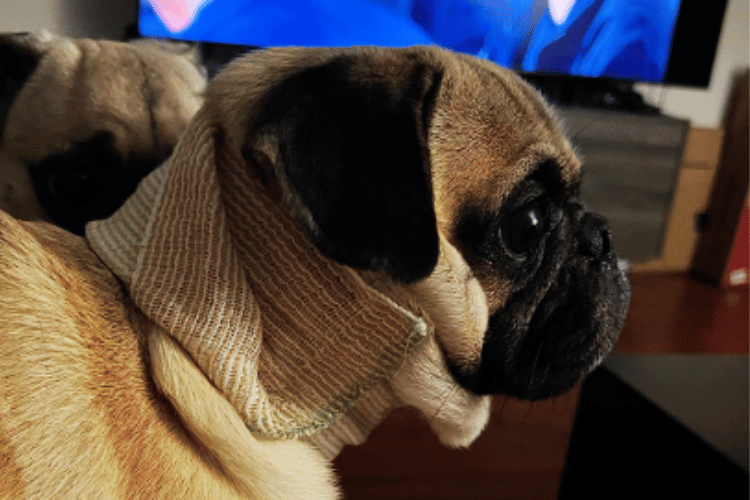
Assessing the Wound
Before you begin any treatment, it's crucial to assess the severity of your dog's wound. Minor wounds like superficial scrapes or abrasions can often be managed at home, while puncture wounds, bite wounds, or wounds caused by a car accident or other trauma injuries should prompt a visit to the vet immediately. Look for signs of infection, breathing difficulties, or a large object lodged in the wound, as these are clear indicators that professional help is needed.
Preparing to Clean the Wound
Gather your supplies from your canine first aid kit, including clean towels, pet safe antiseptic solution, sterile gauze, and self-adhesive elastic bandages. Ensure you have a calm environment to treat dog wounds, as a stressed or hurt dog may react unpredictably. If your dog shows signs of severe pain or aggression, it may be safer to seek veterinary care rather than attempting home treatment.
Cleaning the Wound
Begin by gently removing any debris or foreign objects lodged in the wound. Use warm water and a mild baby shampoo or dish soap to clean around the injured area. Avoid using harsh cleaners like hydrogen peroxide, rubbing alcohol, or other caustic cleaning products, as these can impede the wound healing process and cause discomfort to your pet.
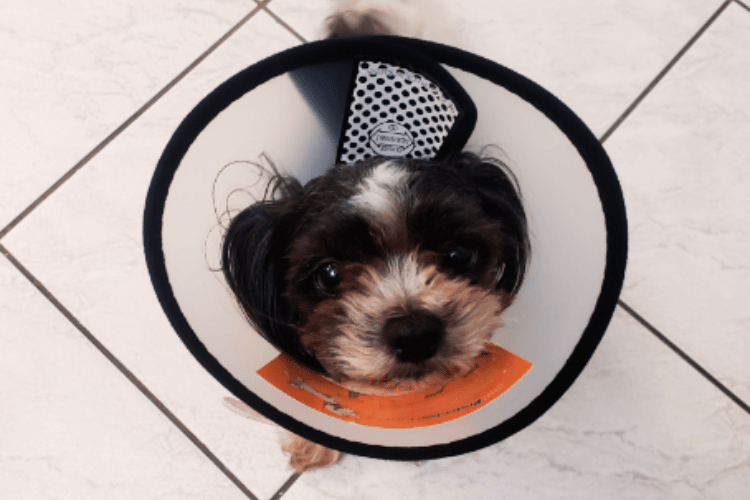
Applying Antiseptic
After the wound is clean, apply a pet antiseptic solution to help prevent infection. Products specifically designed for pets are preferable, as they are formulated to be safe for dog's skin. Gently dab the solution onto the wound with sterile gauze, being careful not to cause further irritation.
Bandaging the Wound
If necessary, cover the wound with sterile gauze and secure it with a self-adhesive elastic bandage. Ensure the bandage is snug but not too tight, as you don't want to impede circulation. Change the bandage daily or as needed to keep the wound clean and monitor the healing process.
Monitoring for Infection
After initial treatment, keep a close eye on your dog's wound for signs of infection, which can include redness, swelling, discharge, or an unpleasant odor. If you notice any of these symptoms, contact your vet for advice. Regular monitoring is essential to ensure the wound is healing properly.
Understanding Your Dog's Body Language During Wound Care
When you're learning how to clean your dog's wound, it's crucial to understand your furry friend's body language. Dogs can't tell us when they're in pain, but they can certainly show it. If your dog is licking at the wound excessively or seems unusually quiet and withdrawn, it could be a sign of discomfort. On the other hand, if your dog is growling or snapping when you approach the wound, it's a clear signal that your pet is experiencing pain and is asking for space. Always approach your dog calmly and speak in a soothing tone to help them stay relaxed during wound care.
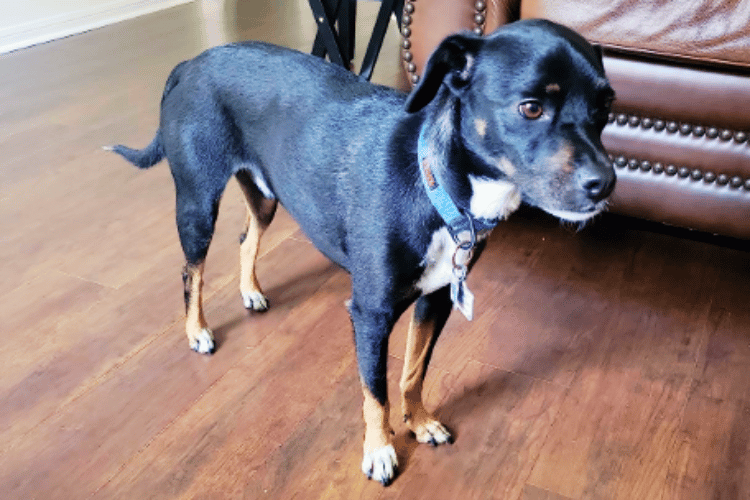
In addition to these behavioral cues, physical signs can also indicate how your dog is feeling. A dog's paw pad, for example, is a sensitive area that might cause your dog to limp if injured. Pay attention to changes in posture or movement, as these can give you insight into your dog's condition. If you notice any swelling or the wound seems to be causing significant pain, it's time to take your dog to the vet for a professional assessment. Remember, your dog relies on you to interpret these non-verbal messages and respond with the appropriate care.
Choosing the Right Supplies for Wound Cleaning
Selecting the proper supplies is a critical step in ensuring that you clean your dog's wound safely and effectively. For starters, you'll want to have a clean towel on hand to gently dry the area after cleaning. It's also important to use a pet antiseptic solution, as products like hydrogen peroxide or rubbing alcohol can be too harsh on a dog's skin and may delay healing. Instead, opt for a mild baby shampoo or dish soap diluted in water to clean the wound gently without causing irritation.
Once the wound is clean, applying an antimicrobial ointment can help prevent infection and promote healing. However, make sure that the ointment is safe for animals; bites and licks from your dog can lead to ingestion of the product. For bandaging, consider using a self-adhesive elastic bandage that's designed for dogs. Sterile bandages are essential to keep the wound clean and protected from dirt and debris. Always monitor your pet's condition after applying any product, and consult your vet if you're unsure about the best supplies to use. Remember, the information provided here does not constitute medical advice regarding pets, and when in doubt, seeking professional guidance is the best course of action.
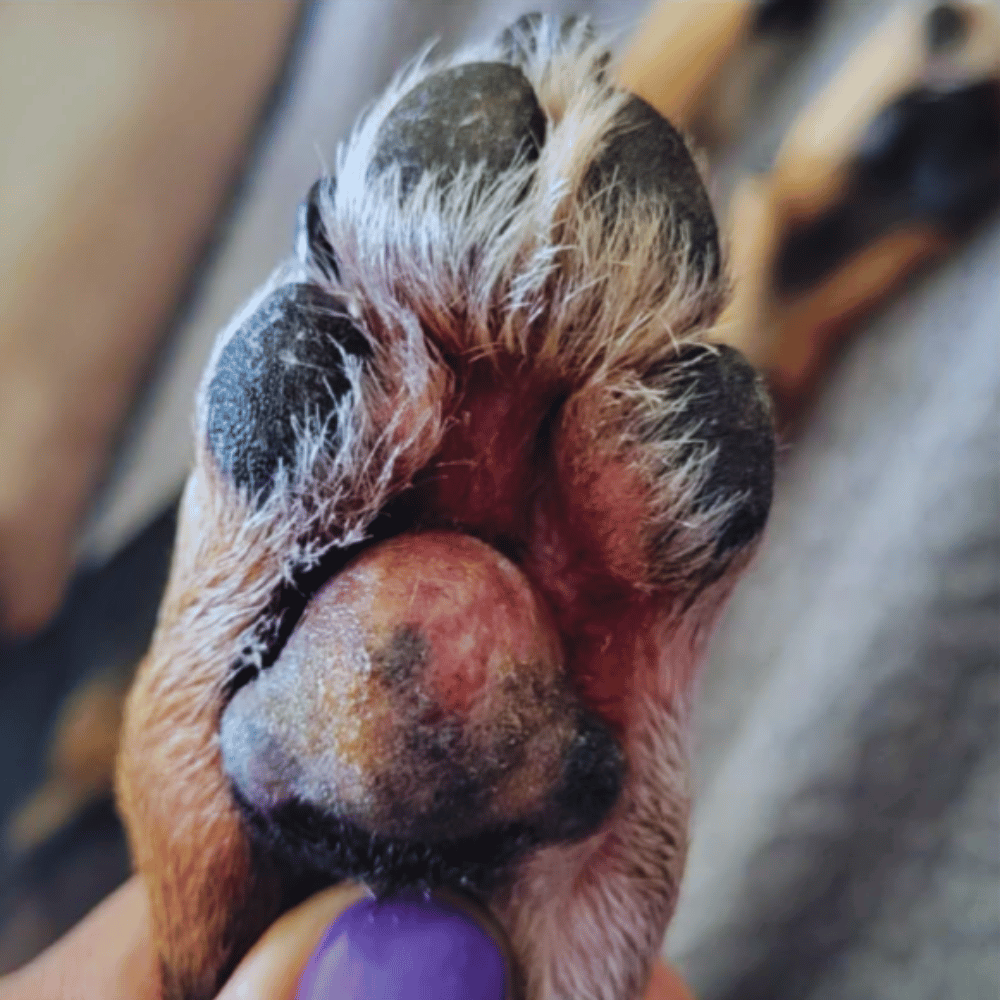
When to Visit the Vet
Certain wounds that require veterinary attention include deep cuts, infected wounds, surgical wounds, or wounds with breathing difficulties putting your dog's life at risk. Always err on the side of caution and consult with a professional if you're unsure about the severity of the injury.
The Role of Antibiotics
For some wounds, especially those at risk of serious infections, your vet may prescribe antibiotics. Follow their instructions carefully and complete the full course of medication to ensure the best outcome for your dog's recovery.
The Importance of Rest
During the healing process, it's important for your dog to rest and avoid strenuous activity that could reopen or aggravate the wound. Create a comfortable space for your pet to recover and discourage rough play or dog fights that could lead to further injury.
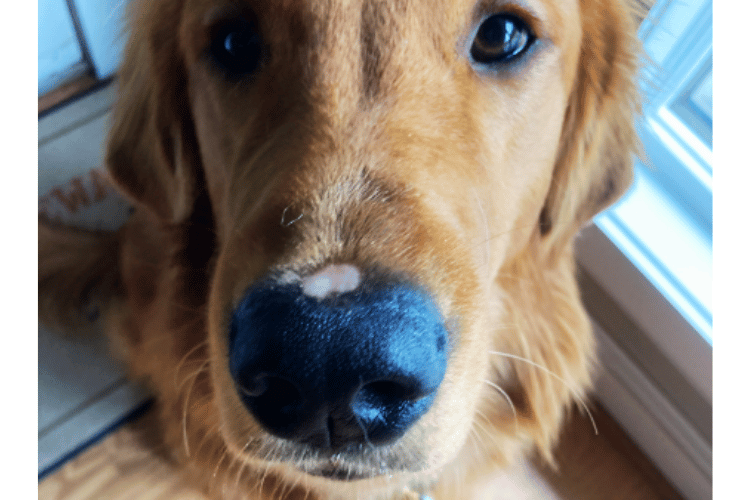
Diet and Nutrition
A healthy diet can support your dog's body in the wound healing process. Ensure your pet is getting balanced nutrition and consider supplements if recommended by your vet. Proper hydration is also crucial, so keep fresh water available at all times.
Follow-Up Care
Schedule follow-up appointments with your vet to ensure the wound is healing as expected. They can provide an accurate diagnosis and adjust treatment if necessary. Trusting your vet's expertise is key to your dog's recovery.
First Aid Training for Pet Parents
Consider taking a course in pet first aid to better prepare for emergencies. Practice putting together a pet first aid kit and familiarize yourself with the basics of emergency care. Being proactive can save precious time when your pet is injured.
Summary
Cleaning your dog's wound promptly and properly is vital to prevent infection and promote healing. Always assess the severity of the injury, clean the wound with pet-safe products, and apply a sterile bandage if needed. Monitor the wound for signs of infection and seek veterinary care for serious injuries or if you're unsure about the best course of action. Remember, a well-stocked pet first aid kit and knowledge of first aid treatment are invaluable tools for any pet parent.
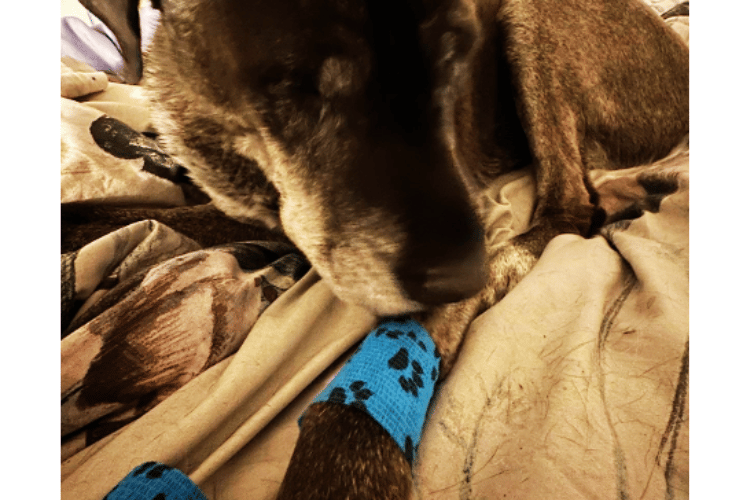
FAQ Section
Q: How often should I change my dog's bandage? A: Change the bandage daily or whenever it becomes wet or dirty. Always inspect the wound each time you change the bandage to monitor the healing process.
Q: Can I use human antiseptic solutions on my dog's wound? A: It's best to use antiseptic solutions and ointments specifically designed for pets, as human products may contain ingredients that are harmful to dogs. Pet-safe options like pet antiseptic solutions or antimicrobial ointments are formulated to be gentle on your dog's skin.
Q: What should I do if my dog's wound doesn't seem to be healing? A: If the wound shows no signs of improvement or worsens, contact your vet immediately. They can provide an accurate diagnosis and recommend further treatment, which may include antibiotics or other interventions.
Thank you for visiting LegitLists we hope this helps you make a legitimate choice!






